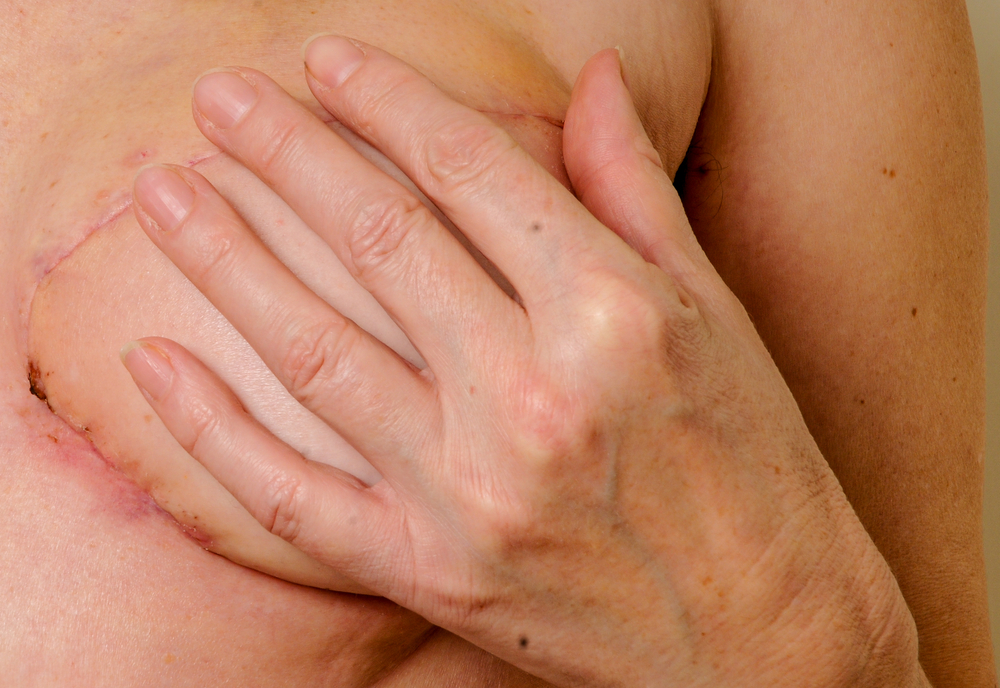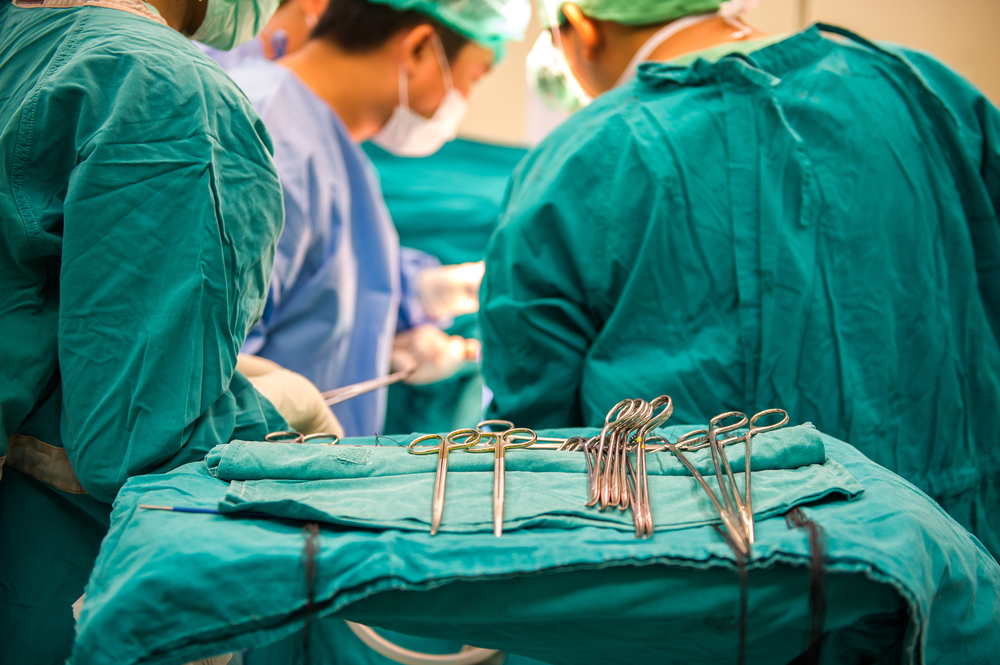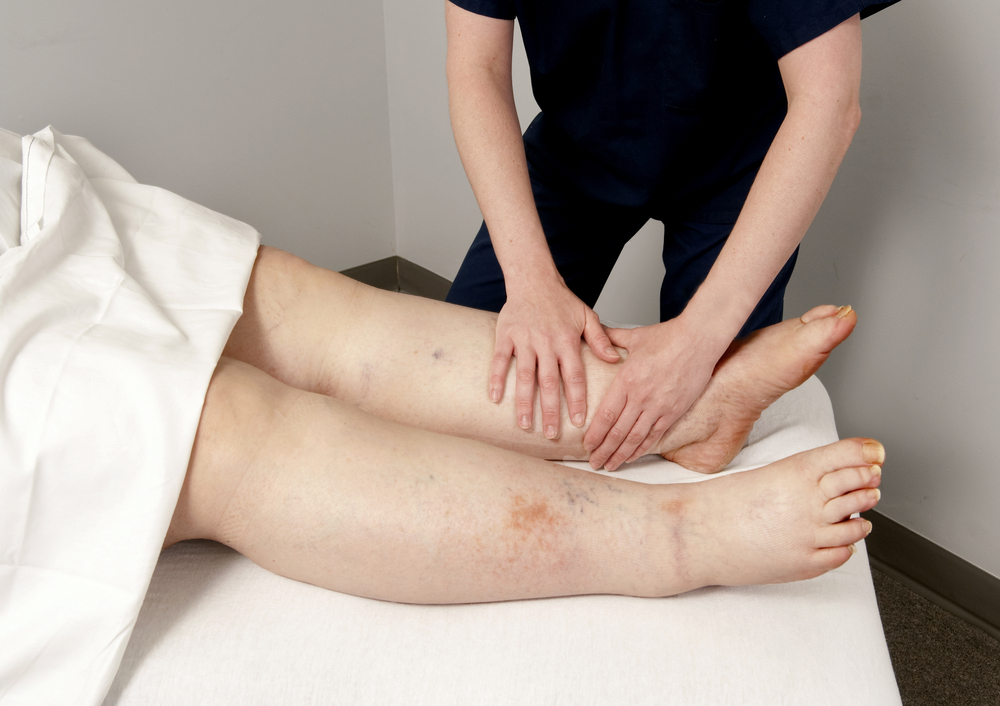These days we know so much more about breast cancer than we used to that people really can make empowering choices to dramatically reduce their risk of someday developing the disease.
The first thing to evaluate is just how vulnerable you actually are to breast cancer, as some people are more susceptible to the disease than others.
For example, you could be at higher risk if your mother, sister and/or daughter were ever diagnosed with bilateral breast cancer, had breast cancer before turning age 50, or if you have multiple family members with a history of breast or ovarian cancer. If you don’t know the answers to these questions, find out. This type of candid conversation can save lives.
And don’t forget that breast cancer can be passed down from either side of the family, so make sure to research your father’s side as well.
Other factors that confer a higher-than-normal risk for breast cancer include a personal history of lobular carcinoma in situ (abnormal cells in the milk-producing glands or lobules at the end of breast ducts), as well as having received radiation therapy to the chest (including the breasts) prior to turning age 30, a common procedure when treating other cancers such as Hodgkin’s disease.
What should I do if I learn I’m a high risk candidate for breast cancer?
For starters, don’t panic. Take a deep breath and remember that you are in the driver’s seat. Knowledge is power — especially when it presents an actionable course to follow.
Consider meeting with a genetic counselor to discuss the pros and cons of genetic testing for the two breast cancer genes — BRCA1 or BRCA2 — or to see if you have a high-penetrance mutation in one of several other genes associated with breast cancer risk, such as TP53 or PTEN. Based on your discussion you might decide it wise to have yourself tested. Be aware, however, that most cases of breast and ovarian cancer are not caused by inherited mutations.
Gene testing isn’t for everyone. But if you do decide to get tested, your counselor can help you mentally prepare and interpret the results so you know how best to proceed afterward.
What if I test positive for the breast cancer genes?
Again, take a deep, healing breath. Now is not the time to freak out, it’s the time to act! You have choices, including bilateral prophylactic mastectomy, an increasingly common surgery to remove both breasts before cancer has a chance to develop. You can also undergo enhanced screening protocols, plus there is the option of taking medications designed to lower the risk of developing cancer.
If you have cancer in one breast, you can choose to have both breasts removed to lower your risk of recurrence. These are not easy decisions to make, of course, and each option should be weighed carefully. The good news is that you have choices, which is a much different landscape than in decades past. If you test positive for the BRCA genes or are deemed high risk for other reasons, you need to develop a strategy to prevent this cancer from occurring or at least catch it early, when it is easier to treat and, ultimately, beat.
What is a bilateral prophylactic mastectomy?
Bilateral prophylactic mastectomy is the surgical removal of both breasts to lower the risk of developing breast cancer. This is the operation that Angelina Jolie underwent in 2013 to reduce her own risk for developing breast cancer. The procedure involves completely removing both breasts, including the nipples (total mastectomy), or as much breast tissue as possible while leaving the nipples intact, commonly referred to as nipple-sparing mastectomy.
Another type of breast cancer risk reduction surgery is a bilateral prophylactic salpingo-oophorectomy, or prophylactic oophorectomy. During this surgery, the ovaries and fallopian tubes are removed. This can be done alone or with bilateral prophylactic mastectomy in premenopausal women. The BRCA genes increase the risk of developing both ovarian and breast cancer. A total mastectomy is the most common risk reduction surgery, and also considered the most effective.
How effective is it?
In a word, very. According to the National Cancer Institute, bilateral prophylactic mastectomy can reduce the risk of breast cancer by at least 95 percent in women who have a deleterious mutation in the BRCA1 gene or the BRCA2 gene, and by up to 90 percent in women who have a strong family history of breast cancer. That’s pretty dramatic, but the possibility of developing breast cancer still isn’t completely eliminated, even after a total mastectomy. Some risk remains because not all of the breast tissue can be removed. Breast tissue can lurk in the chest wall, armpit area, above the collarbone, and as far down as the abdomen. Still, this procedure gives women more than a fighting chance to permanently ward off breast cancer.
Are there risks?
All surgeries confer risks that must be weighed against the benefits. The main risks with preventive mastectomies include bleeding, infection and pain. Breast reconstruction often follows mastectomy and also has its own set of risks. Sometimes multiple surgeries are needed to treat complications arising from breast reconstruction. Another potential risk, being dissatisfied with the changes your new breasts make to your appearance, has been considerably mitigated due to recent advances in breast reconstruction techniques and technologies.
Will there be emotional implications to my decision?
That depends on you, of course, but it’s not surprisingly a highly emotional choice to make for many women. These surgeries offer something else for women considered high risk for developing breast cancer—something you can’t put a price tag on: peace of mind. These women often live in a state of near constant anxiety and fear. Abnormal mammograms are followed by more tests and biopsies, and lots of stressful waiting.
The surgery, while never something entered into lightly, helps to calm these fears and allows women to take back their lives. Obviously, removing a healthy organ is not an easy decision to make and many women struggle with their choice.
We tend to place much emphasis on the breasts as symbols of femininity, and their removal causes some women to develop body image issues that can also negatively affect their sexual health. Improvements in breast reconstruction following prophylactic mastectomy have allayed some of these fears and helped women to feel more confident about their new breasts.
What is a contralateral prophylactic mastectomy?
If you have been diagnosed with breast cancer in only one breast, should you opt to have a prophylactic mastectomy on the other breast? This is not an easy decision and the studies are mixed on just how effective it is in terms of risk reduction. The latest research1 shows that women are more likely to consider this procedure if their surgeon is on board with the benefits. Both the American Board of Internal Medicine (ABIM) and the American Society of Breast Surgeons (ASBS) agree that contralateral prophylactic mastectomy should only be considered for patients at high risk for second primary breast cancer, and discouraged for those who are at average risk. Ultimately, it’s a personal decision to be made together with your surgeon based on numerous factors, including not only the characteristic of your cancer, but by psychological factors that are difficult to quantify.
Many women who undergo a contralateral prophylactic mastectomy experience a reduction in anxiety and fear afterward. Further, the impressive results stemming from today’s breast reconstruction techniques also tip the scale in favor of the contralateral prophylactic mastectomy. Plastic surgeons are now able to recreate breasts that in some cases are arguably more appealing than the patient’s original breasts. It’s a reconstructive surgery that can have significant aesthetic benefits.
What are my breast reconstruction options following bilateral prophylactic mastectomy or contralateral prophylactic mastectomy?
Plastic surgeons often work closely with breast cancer specialists to perform breast reconstruction procedures following preventive mastectomies. This collaboration can take place in many ways and forms, and often starts during the diagnostic/consultation process.
Single-stage “direct-to-implant” breast reconstruction immediately follows a mastectomy, so both surgeons are in the operating room together. This procedure spares the patient both an extra surgery and the often arduous process of tissue expansion.
Optimal candidates have sufficient breast skin, no history of previous radiation to the breast or chest wall, and are height/weight proportionate. Your breast reconstruction surgeon will tell you if you are a suitable candidate for direct-to-implant reconstruction.
Two-stage breast reconstruction, by contrast, involves a minimum two operations with time in between for tissue expansion. Temporary implants, called expanders, are placed in pockets created within the breast skin envelopes that are present following a mastectomy. These pockets are created under the chest muscles (or sometimes over them when following the most recent techniques), allowing for a quicker and easier recovery.
These expanders are gradually inflated with either saline or air to stretch the pocket tissues and make room for a breast implant, which is placed at a second stage, usually 6-8 weeks after the first procedure.
The two-step procedure is more commonly performed as it allows for more precise shaping and sculpting of the breasts, and generally provides more natural, symmetric results. It is especially recommended for smaller breasted women who simply don’t have enough room for their new implants.
Single stage direct-to-implant breast reconstructions are more commonly performed on older patients who don’t want to undergo a second procedure and are less concerned with the final appearance of the reconstruction.
Air Expanders are a new type of tissue expander which are placed at the time of the mastectomy. They have an integrated CO2 cartridge which allows you to control the expansion with a remote control device at home. This theoretically translates into fewer visits to the surgeon. However, while newer expansion reconstruction techniques have allowed for more rapid expansion in the operating room, thus requiring far fewer postoperative office expansions than in years past, the jury is still out on their usefulness.
Another possibility is “natural breast reconstruction”, or tissue flap surgery. This approach uses skin, fat, and sometimes muscle from other parts of your body to recreate breasts. There are several sources of tissue for flap surgery, but the most common are the abdomen, back, buttocks, or thighs. Your plastic surgeon should inform you about risk and benefits of these options during your consultation.
What about fat grafting breast reconstruction?
Fat grafting breast reconstruction is becoming increasingly popular as surgeons grow more comfortable with its safety and refine their techniques. Today fat is most commonly used to refine minor differences in the shape, balance, or position of the implant following breast reconstruction. It is not yet commonly used as a standalone procedure for breast reconstruction.
How long does a prophylactic bilateral mastectomy or contralateral prophylactic mastectomy take?
There is no one-size-fits-all answer to this question. There are many different procedures and variables that affect recovery times. Typically, patients will stay in the hospital for one to two days following a mastectomy, but if the procedure is simple and straightforward, they are sometimes able to go home on that same day. Patients may be in the hospital longer should they opt for flap-based breast reconstruction immediately after their mastectomy.
What questions should I ask my plastic surgeon about breast reconstruction following bilateral prophylactic mastectomy?
- Am I a candidate for surgery?
- What type of breast reconstruction do you recommend?
- What type of surgery is most suitable for my frame/size?
- How many nights will I need to spend in the hospital?
- How much downtime will I have after the surgery?
- Will I need to be screened for breast cancer after I have a mastectomy?
- What are the risks of this surgery?
- Is prophylactic mastectomy covered by insurance?
What questions should I ask my plastic surgeon about breast reconstruction following prophylactic contralateral mastectomy?
- Am I a candidate for surgery?
- How will this affect my risk for a breast cancer recurrence?
- What type of breast reconstruction do you recommend?
- How many nights will I need to spend in the hospital?
- How much downtime will I have after the surgery?
- Will I need to be screened for breast cancer after I have a mastectomy?
- What are the risks of this surgery?
- Is prophylactic contralateral mastectomy covered by insurance?









